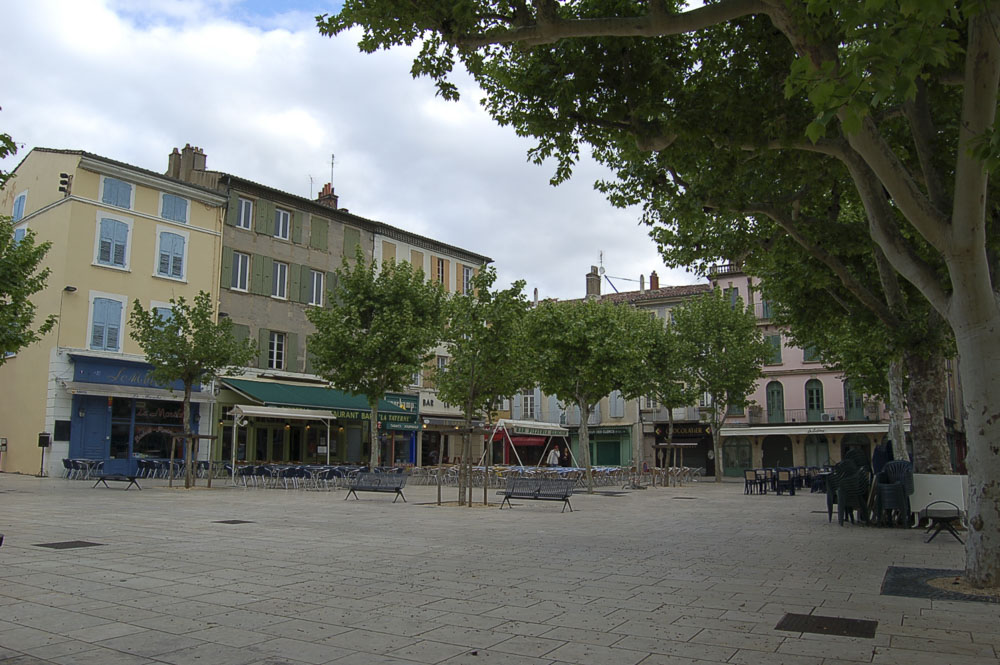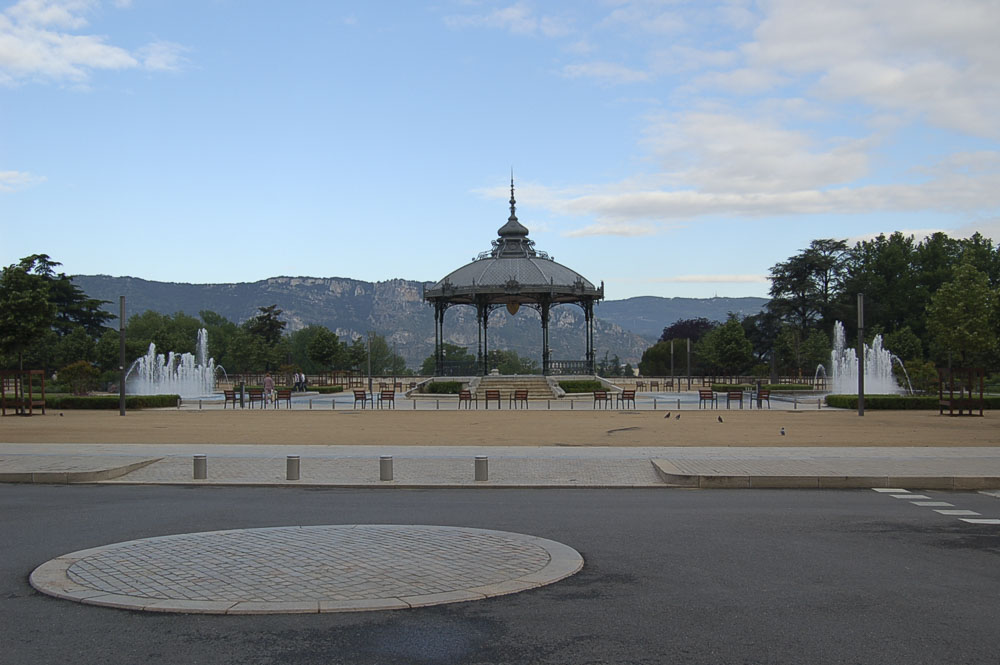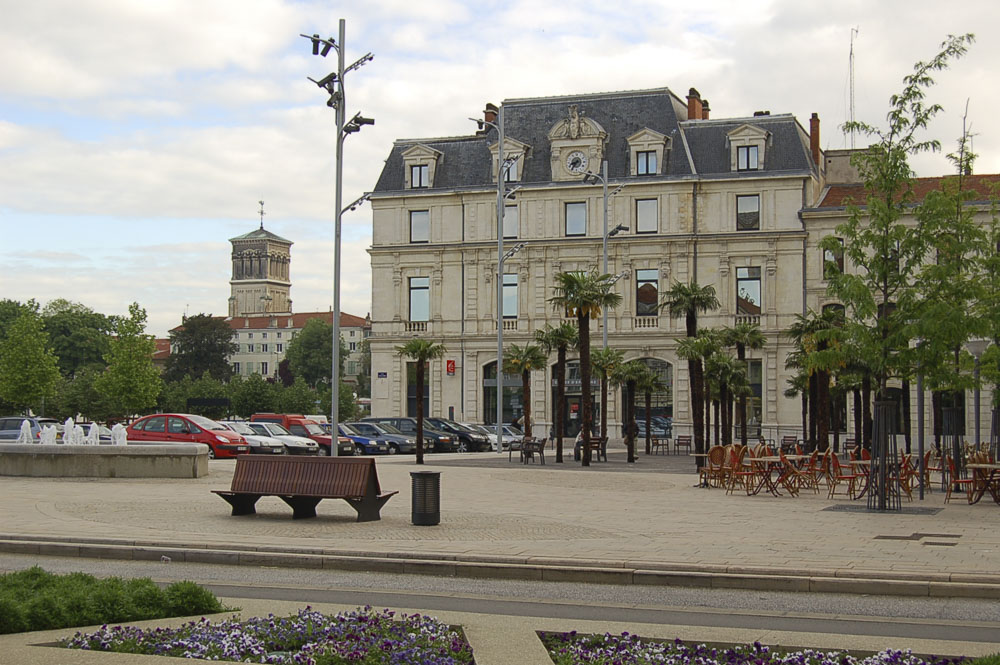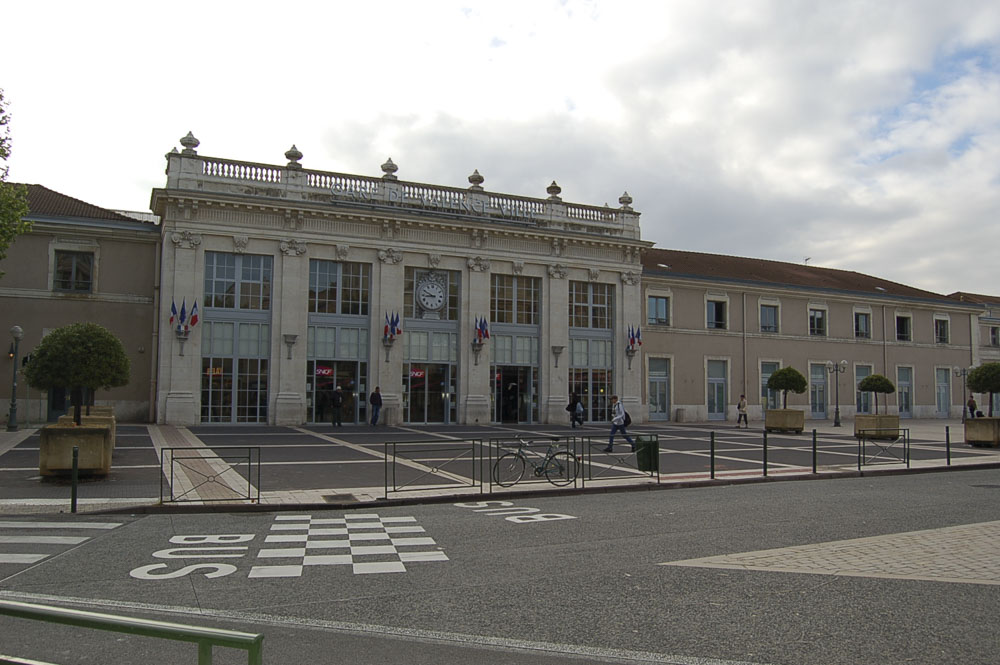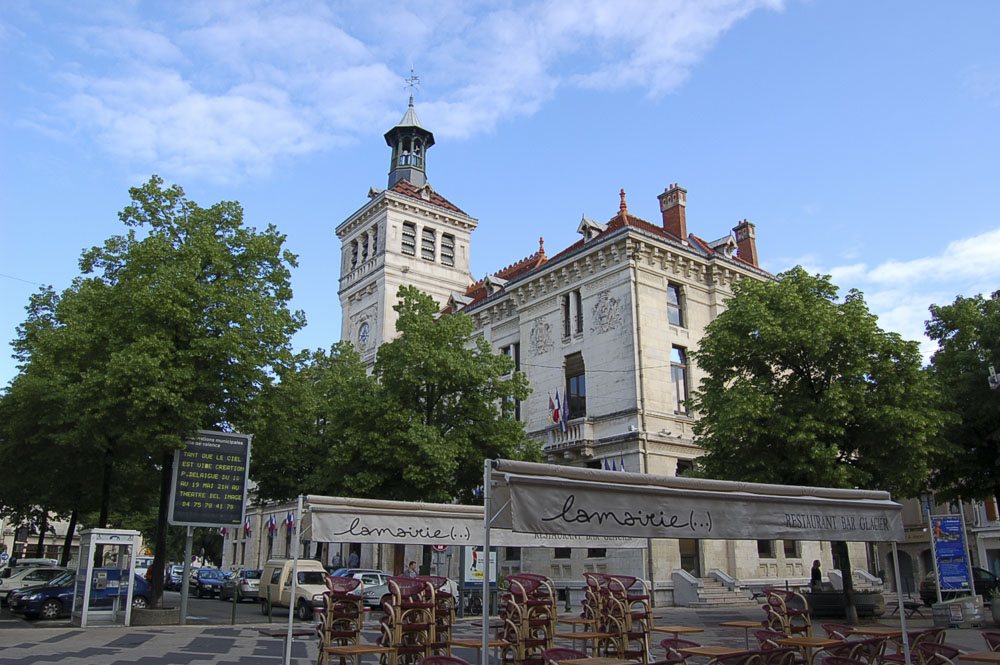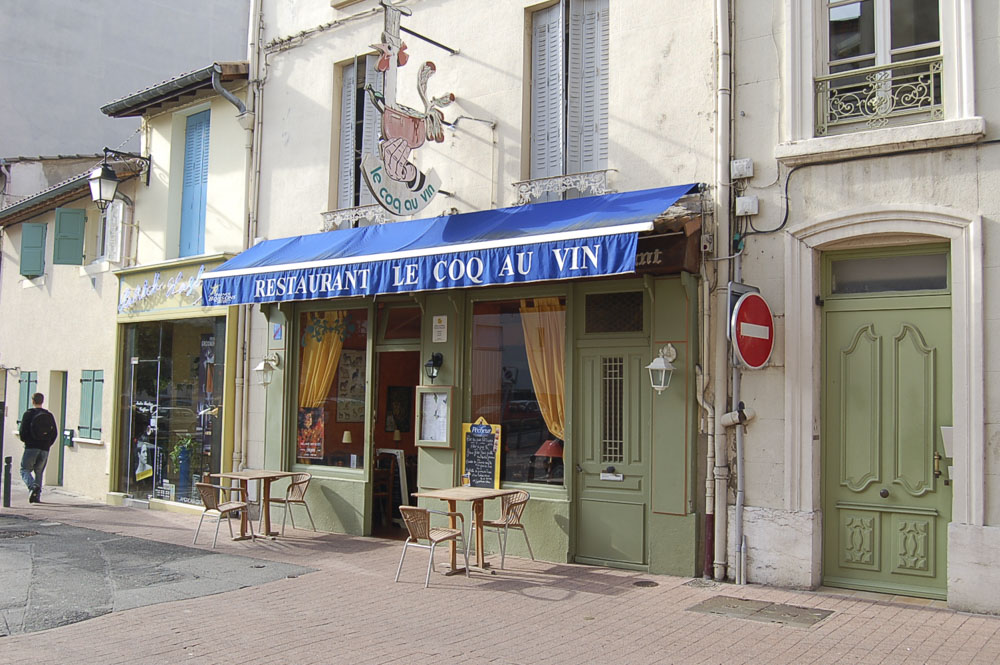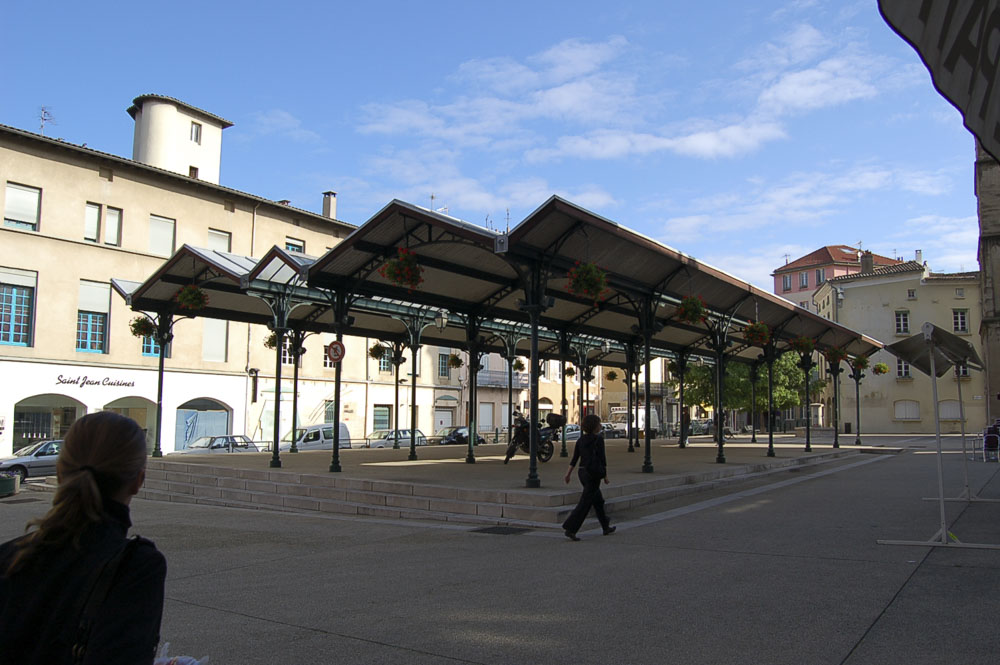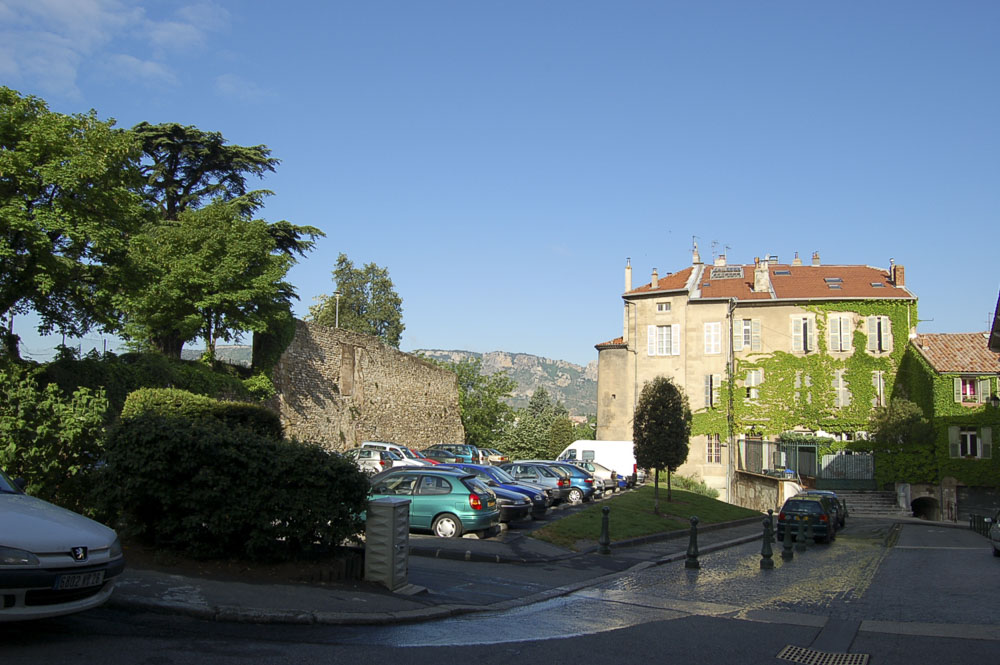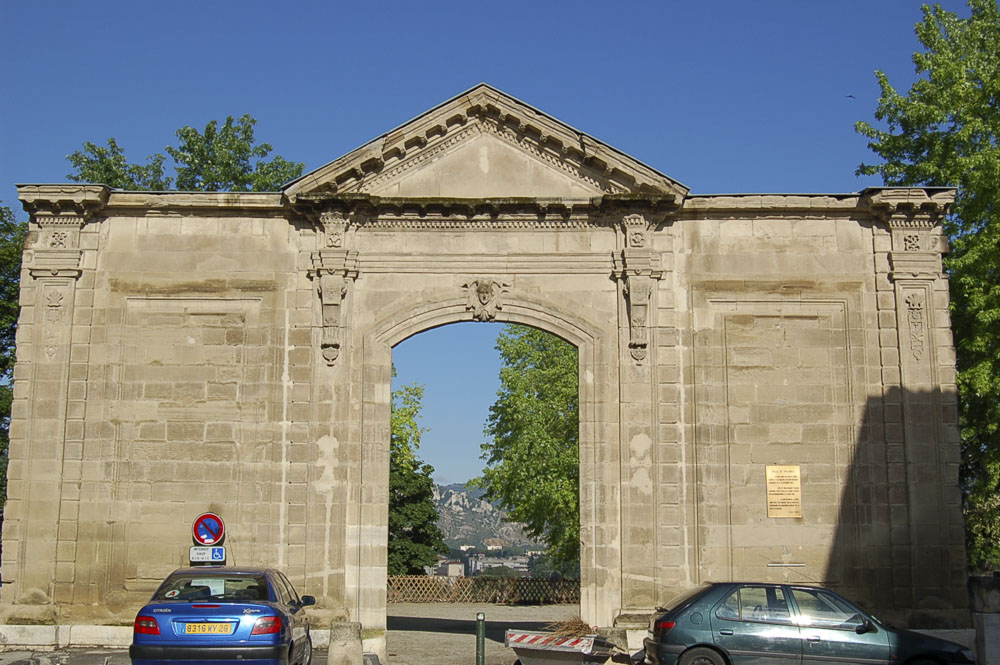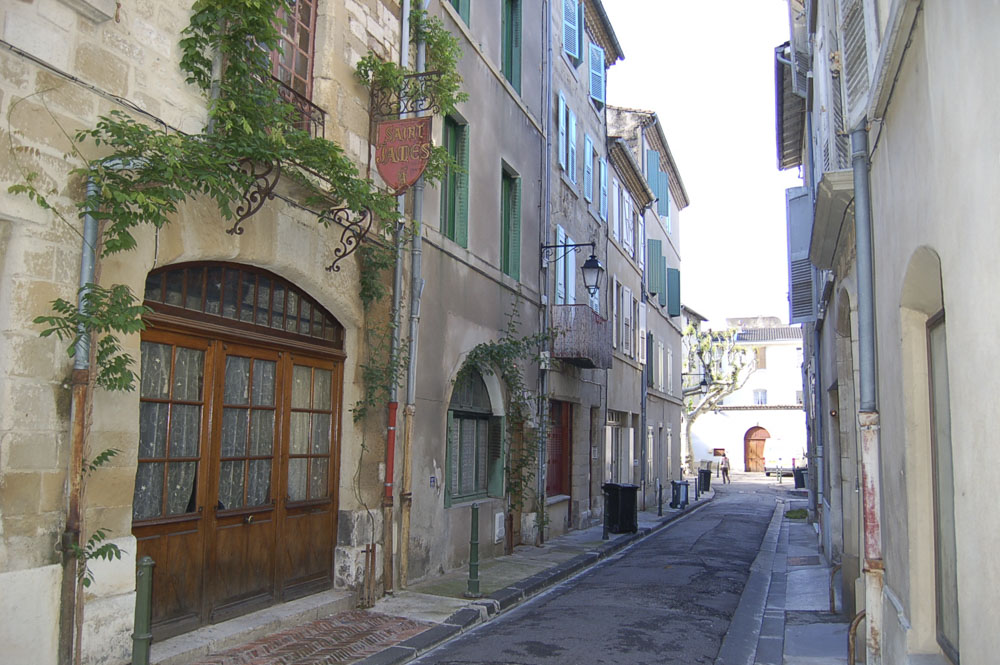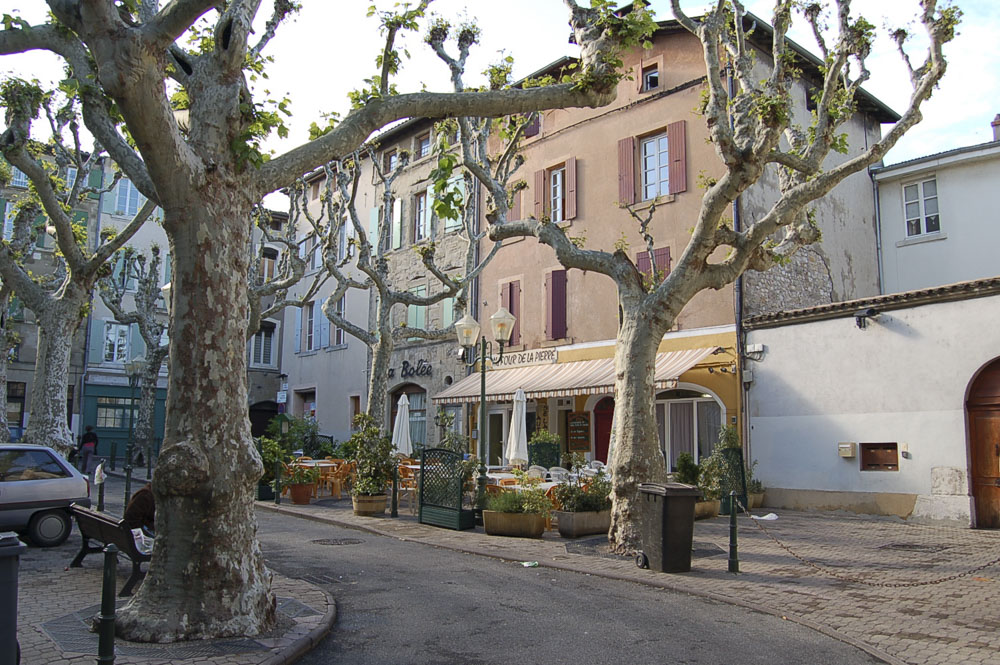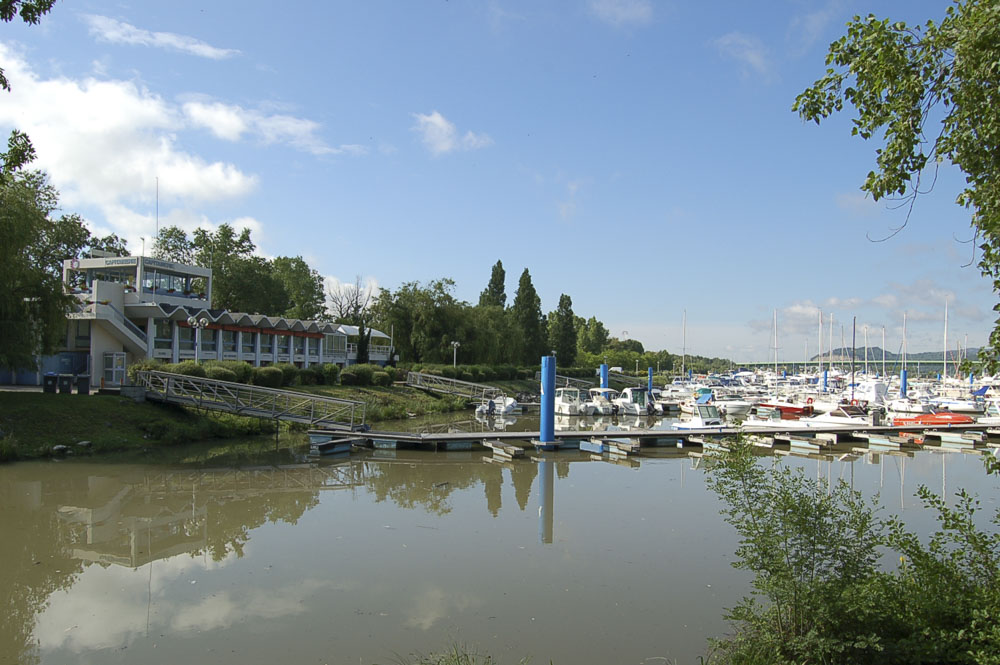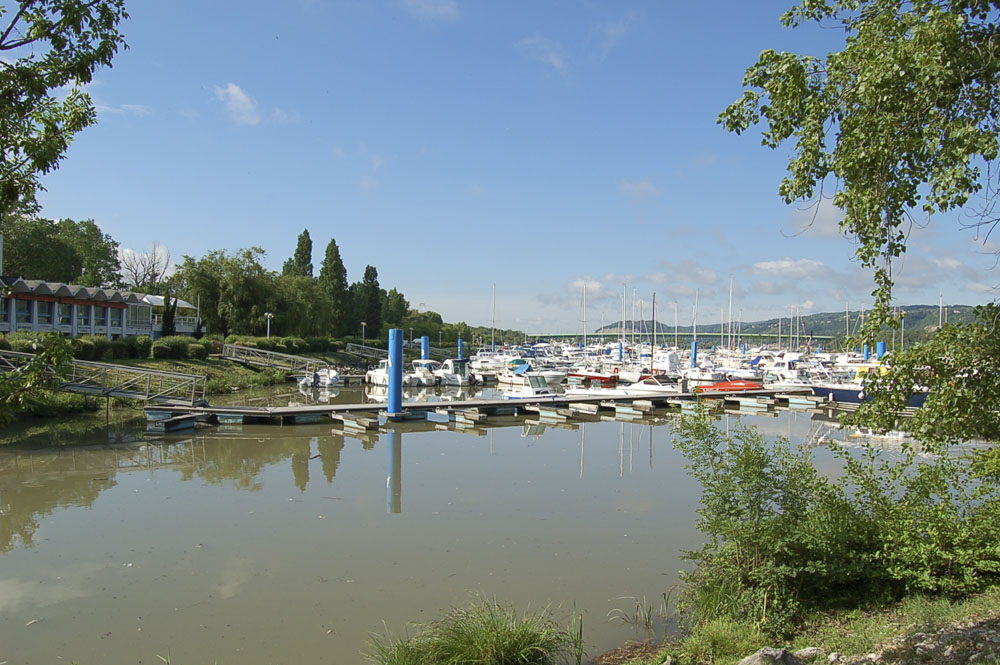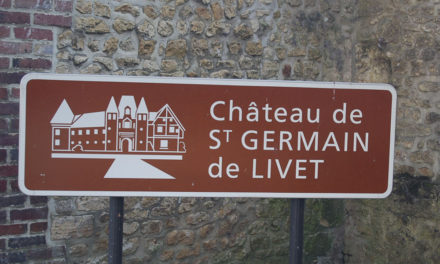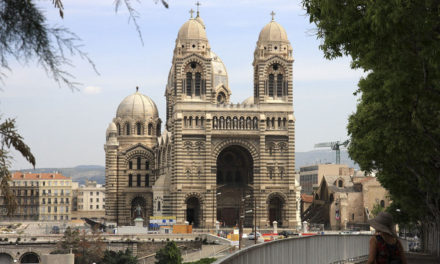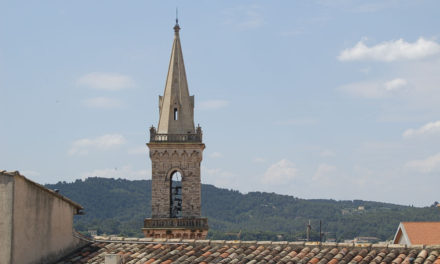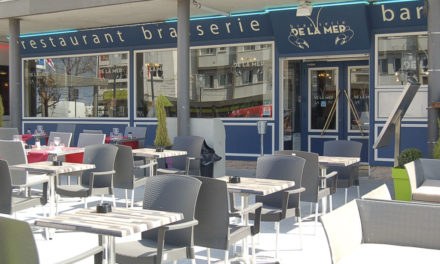Images – Copyright Informationfrance.
The young Napoleon is said to have appreciated his stay in Valence as a young army officer, arriving by boat in November 1785. The little Corsican genius enjoyed picking cherries, flirting with the daughters of the local bourgeoisie, reading voraciously, and even penning a passionate military novel. The story goes, however, that he almost lost his life on the dangerous climb up the opposite bank of the Rhône to the top of Crussol castle with his brother – how different European history might have been if that tourist outing had ended otherwise! As it was, Napoleon left in August 1786 to help put down a silk workers’ riot in Lyon, briefly returning to the same elite regiment in 1791. Valence had a very long military past, originally founded as a Roman garrison. Its merchants long prospered from controlling the salt trade. Pope Pius VI didn’t have as good a time in Valence as Bonaparte, ignominiously dragged from Rome as far as here once the imperious petit caporal was setting about brief European domination. The sickly pontiff died here in 1799. His body was eventually returned to Italy, the Rhône-side city receiving a bust by way of thanks.
Book a Hotel in Valence
History 1
Museum
Just up Rue St-James, the Temple, or Protestant church, occupies the former Catholic St Rufus priory where pilgrims used to stop on their way down the Rhône. An aside in English Church history, in the 12th century, one Nicholas Breakspear made quite an impression when he joined the order here; he went on to become the only English pope, Adrian IV. In the 18th century, the church interior was decorated with fine stucco, while Napoleon later ordered the obelisk honouring Championnet. On grandiose Place de la Liberté, the 19th-century Hôtel de Ville and theatre vie for attention with their massive egos. Continue to Place St-Jean, embellished with a light covered market, looked down upon by the Eglise St-Jean-Baptiste.
Parc Jouvet
For more information on towns and sights along the Rhône between Lyon and Provence, read the Cadogan guide to the Rhône-Alpes.
Copyright text : Philippe Barbour 2011
Copyright Images : Informationfrance

